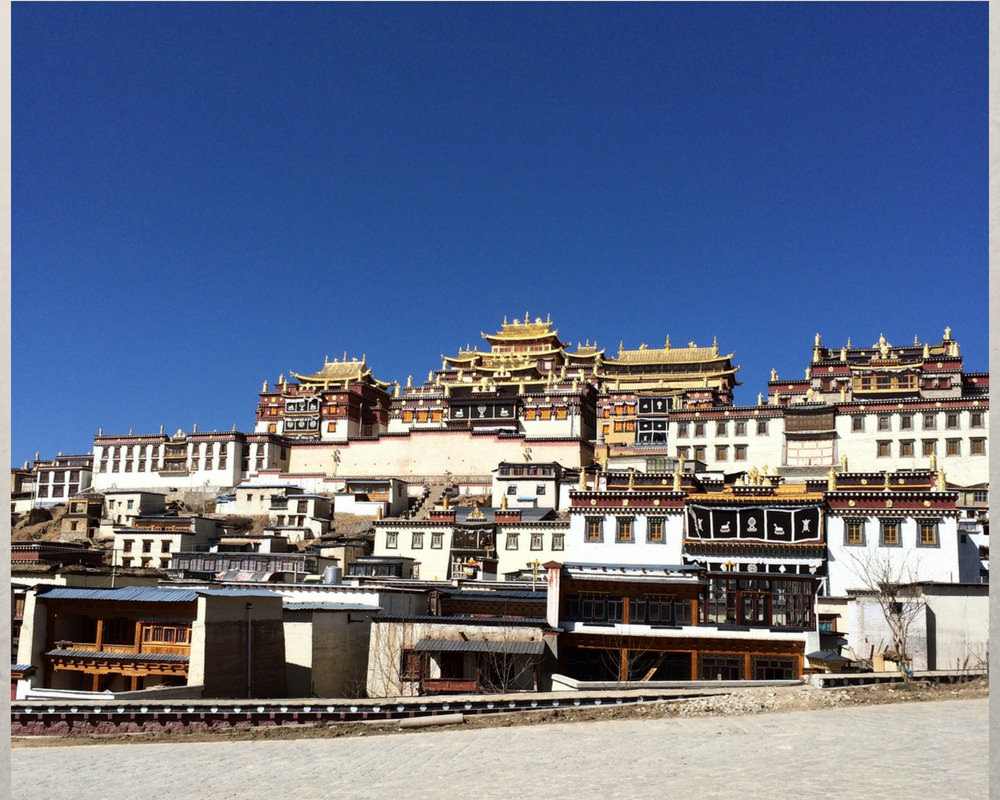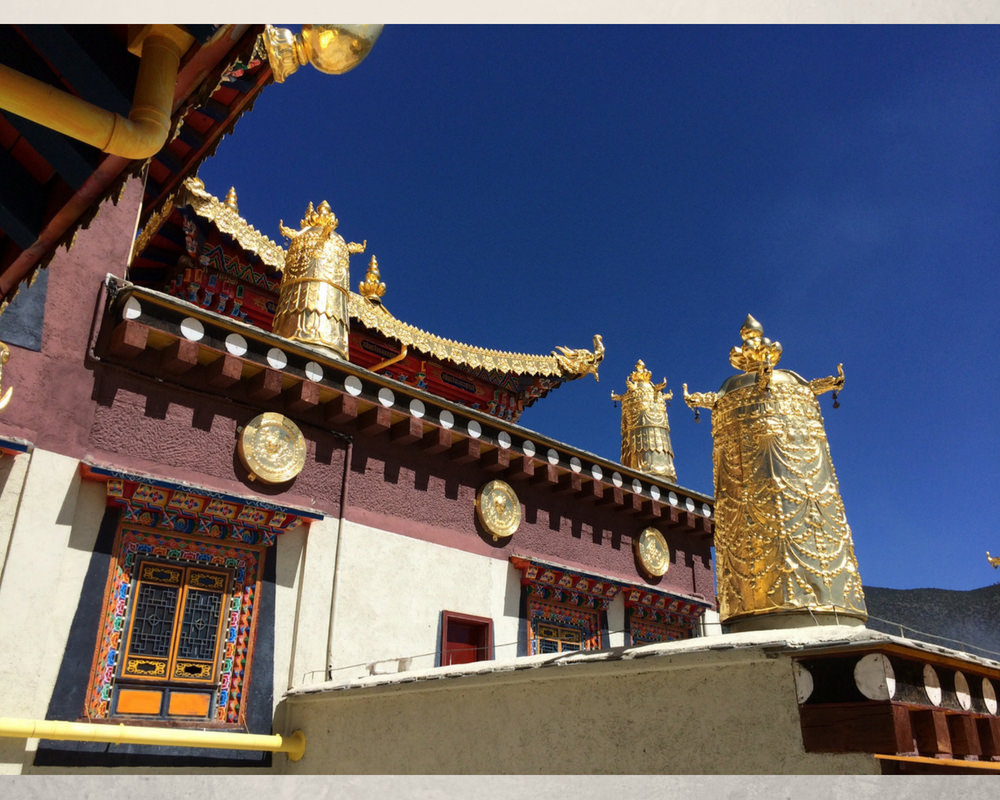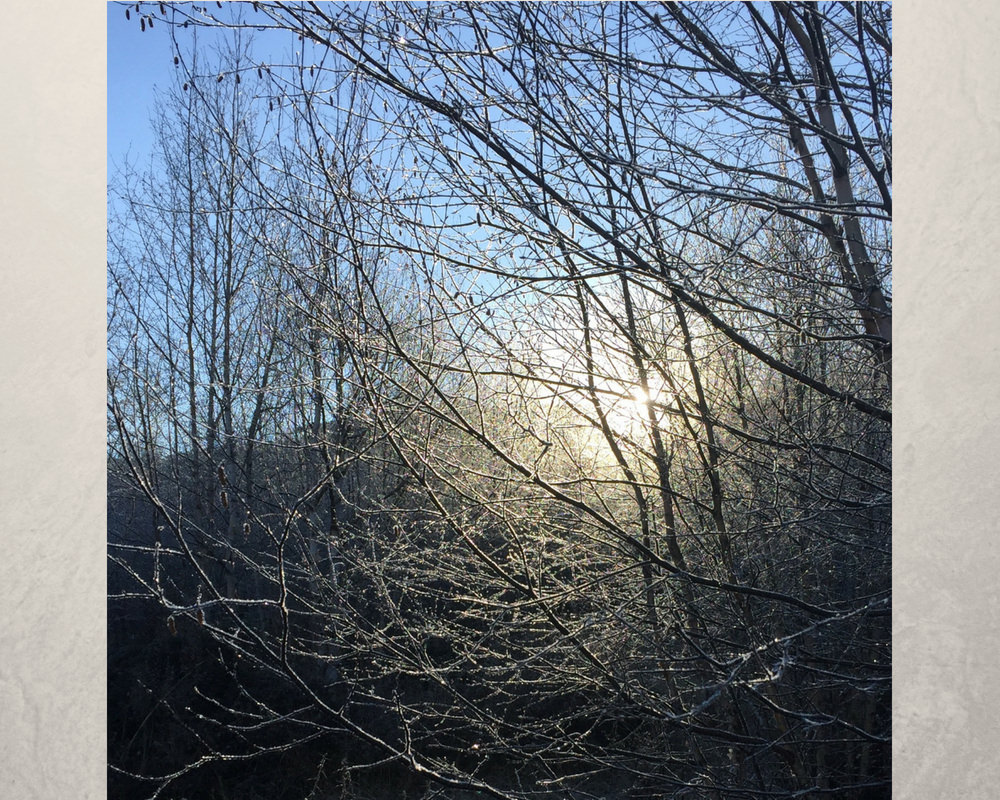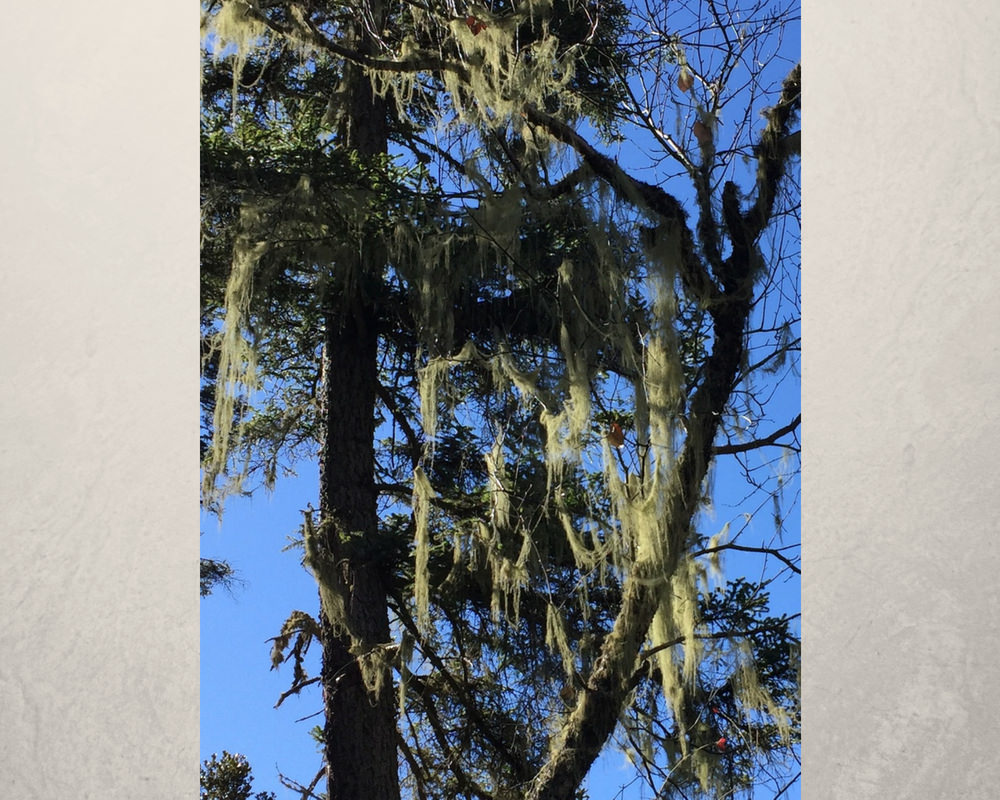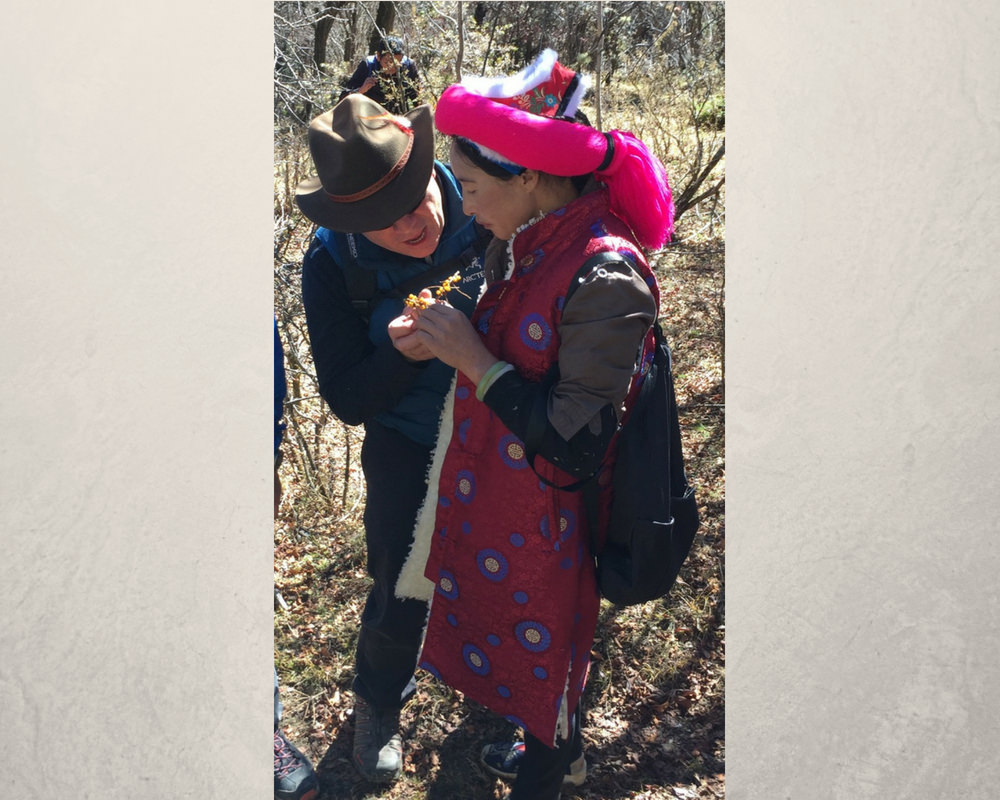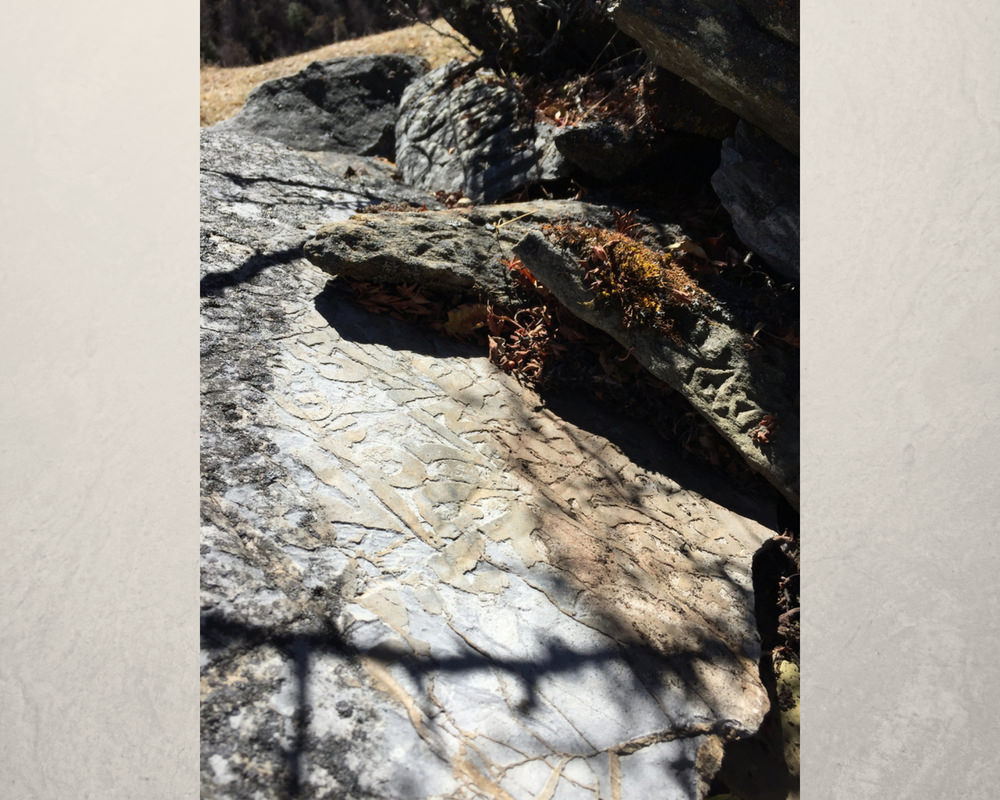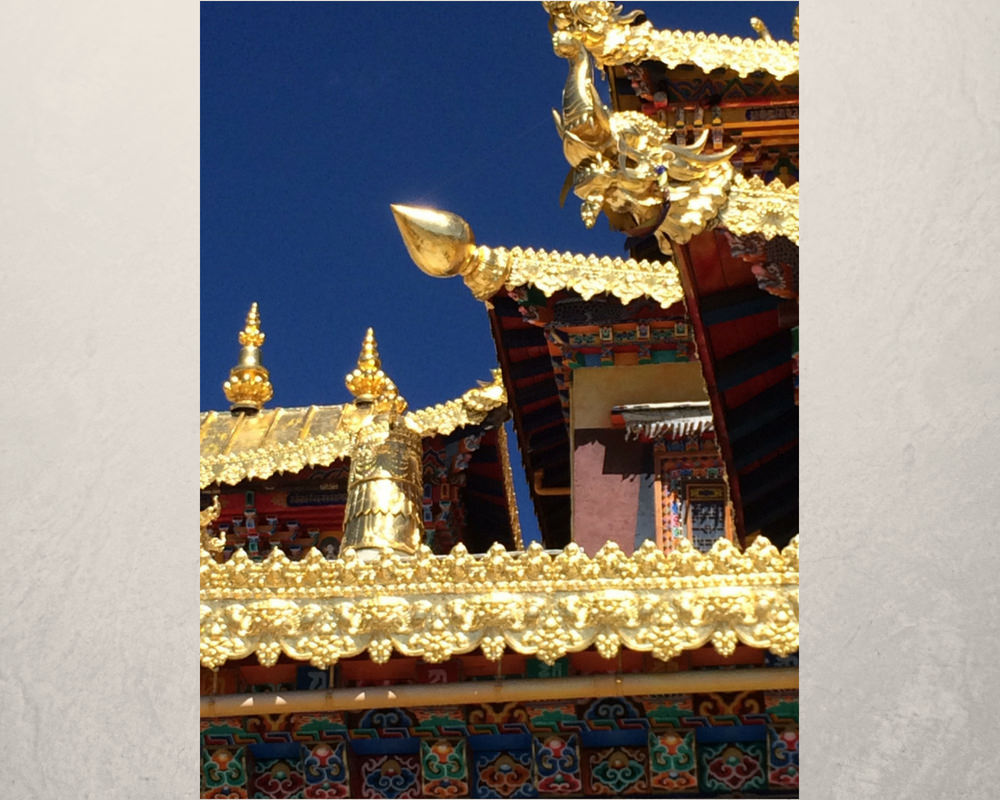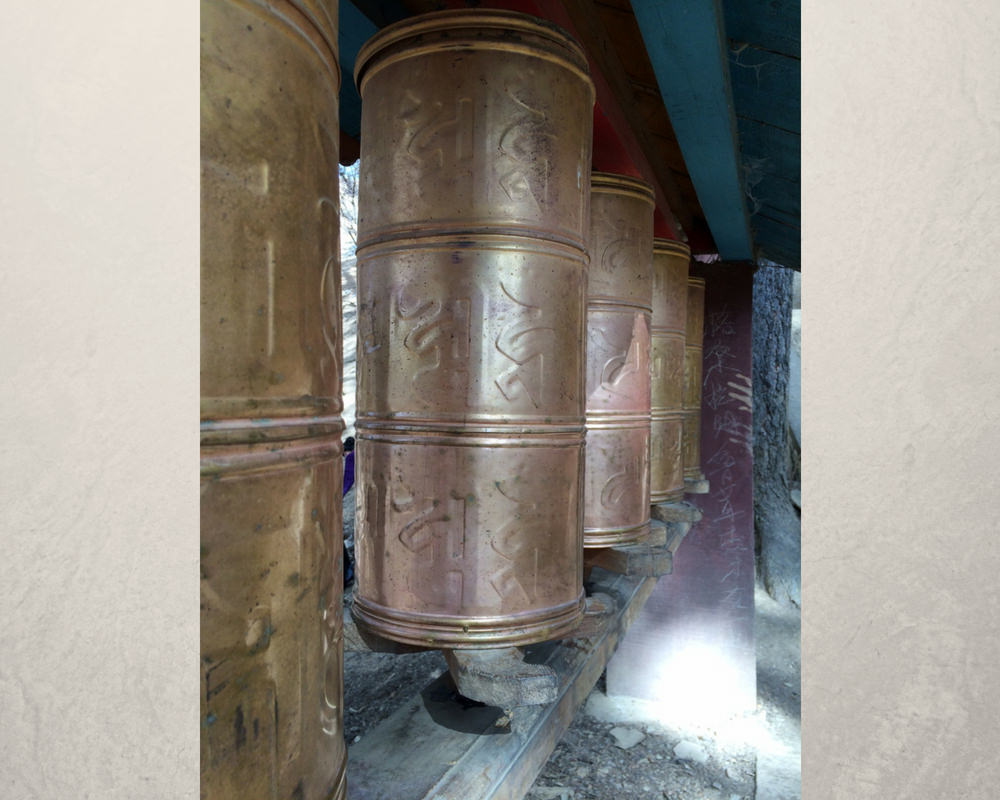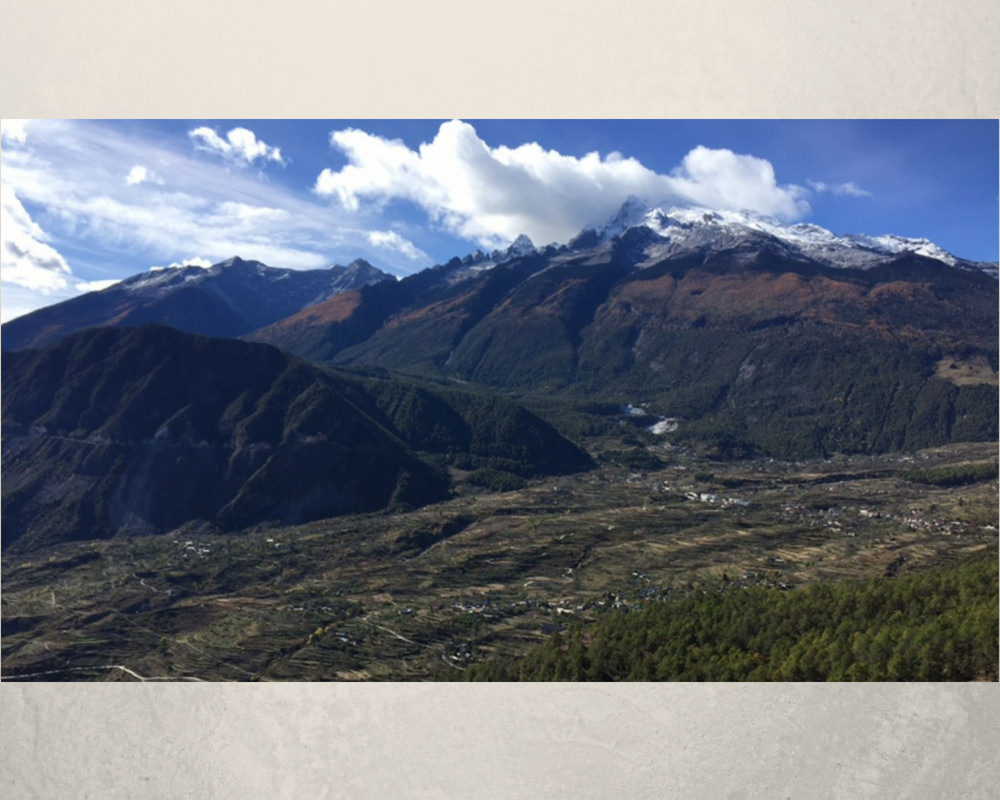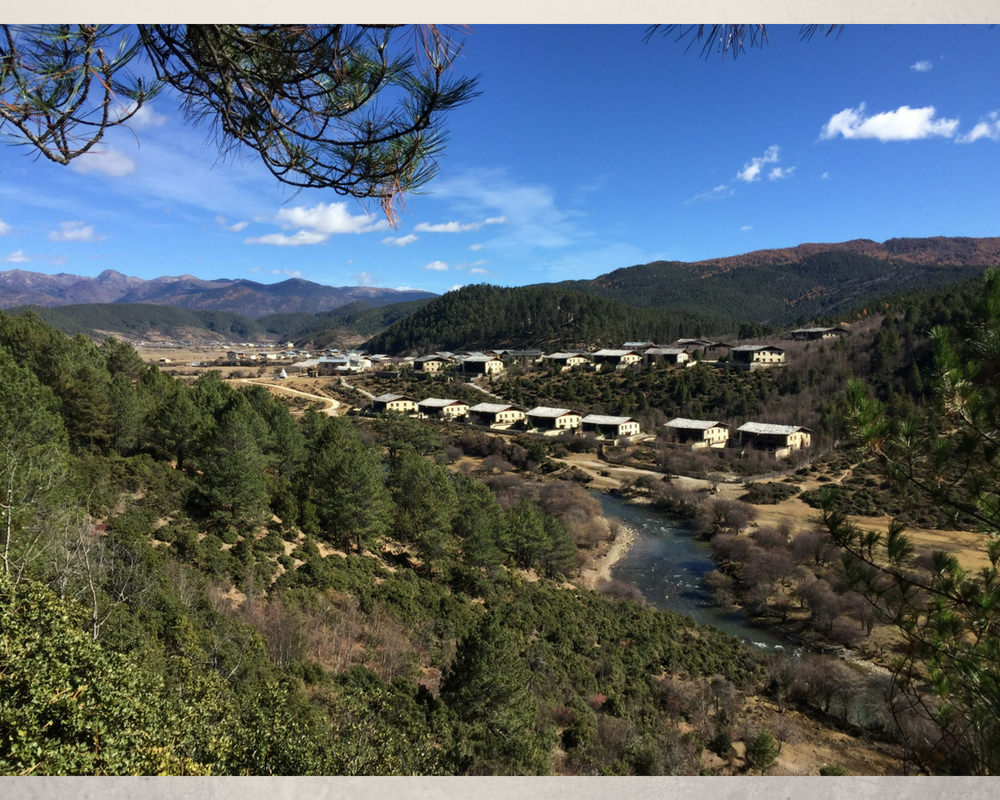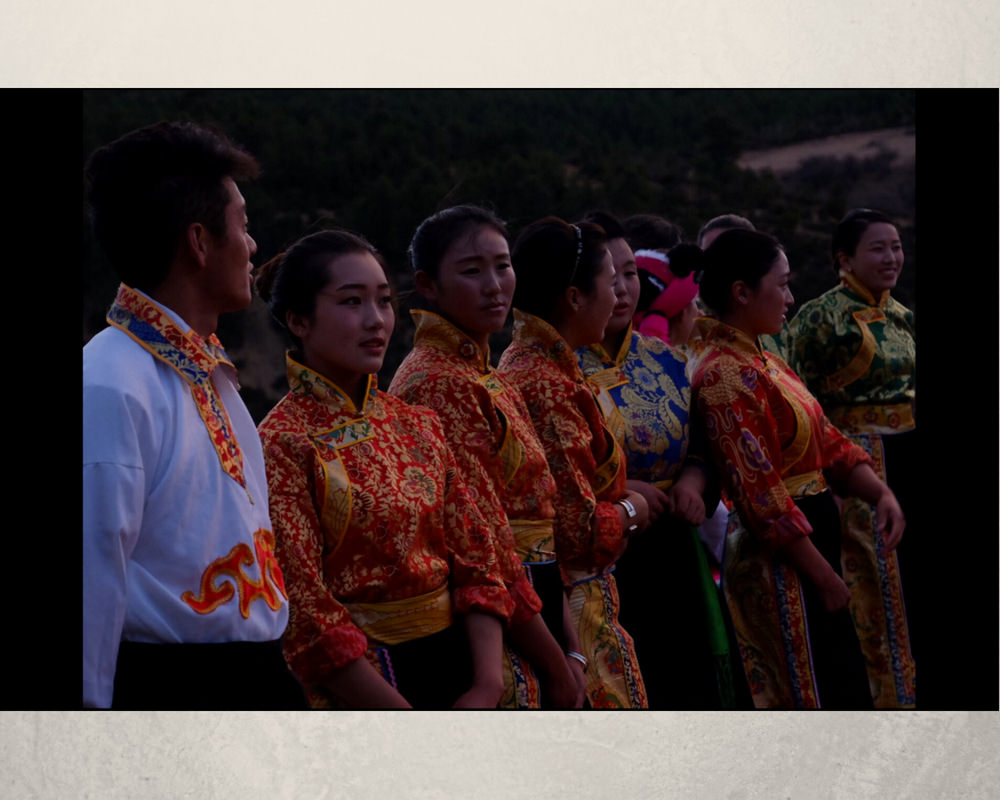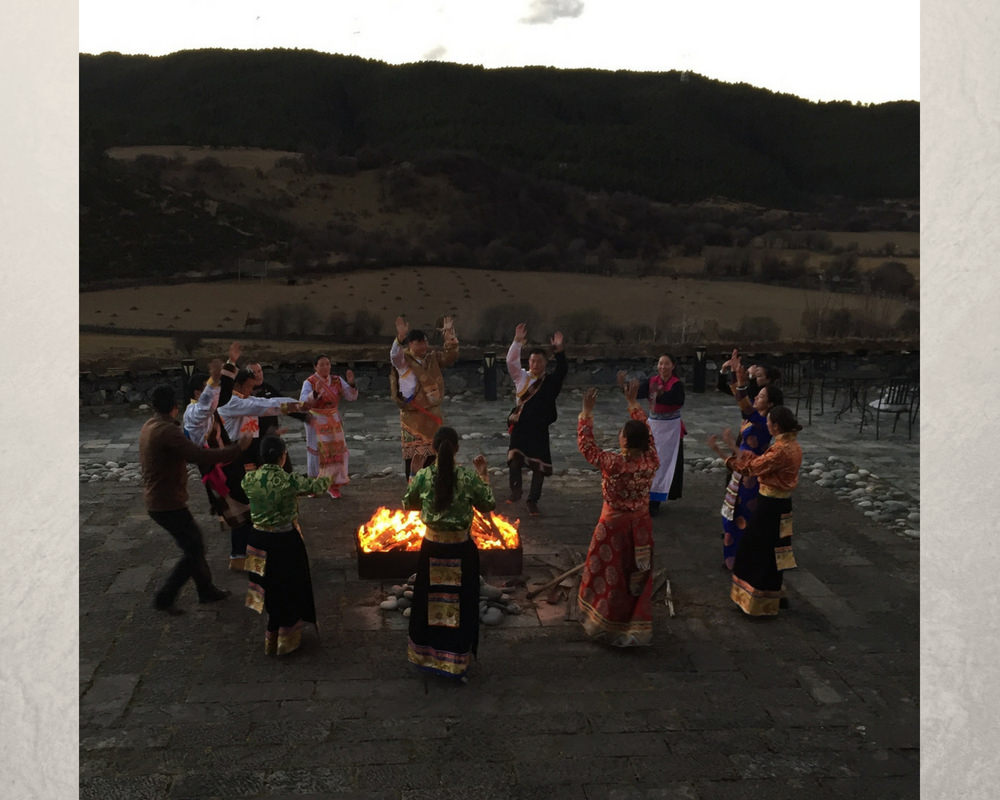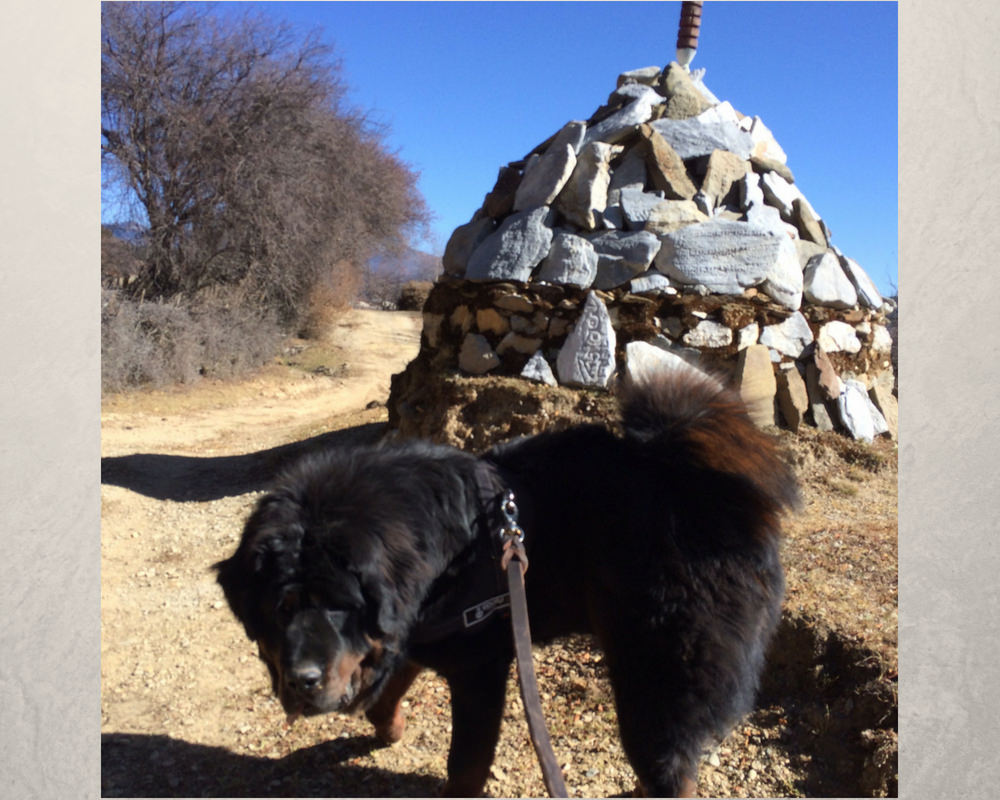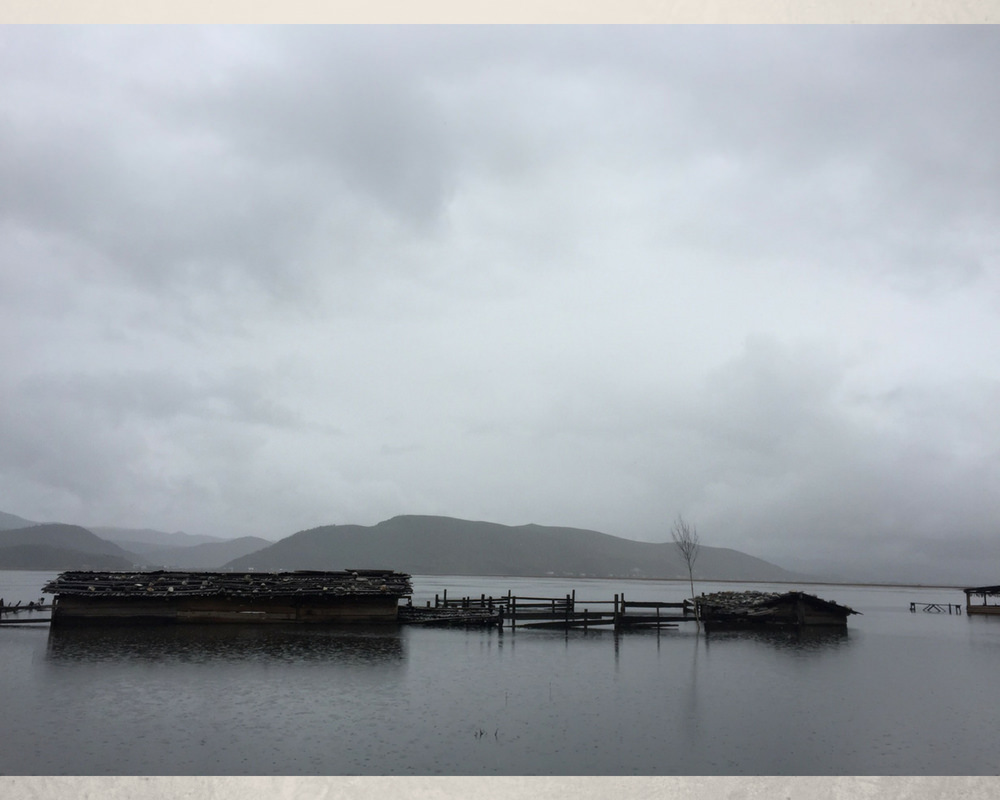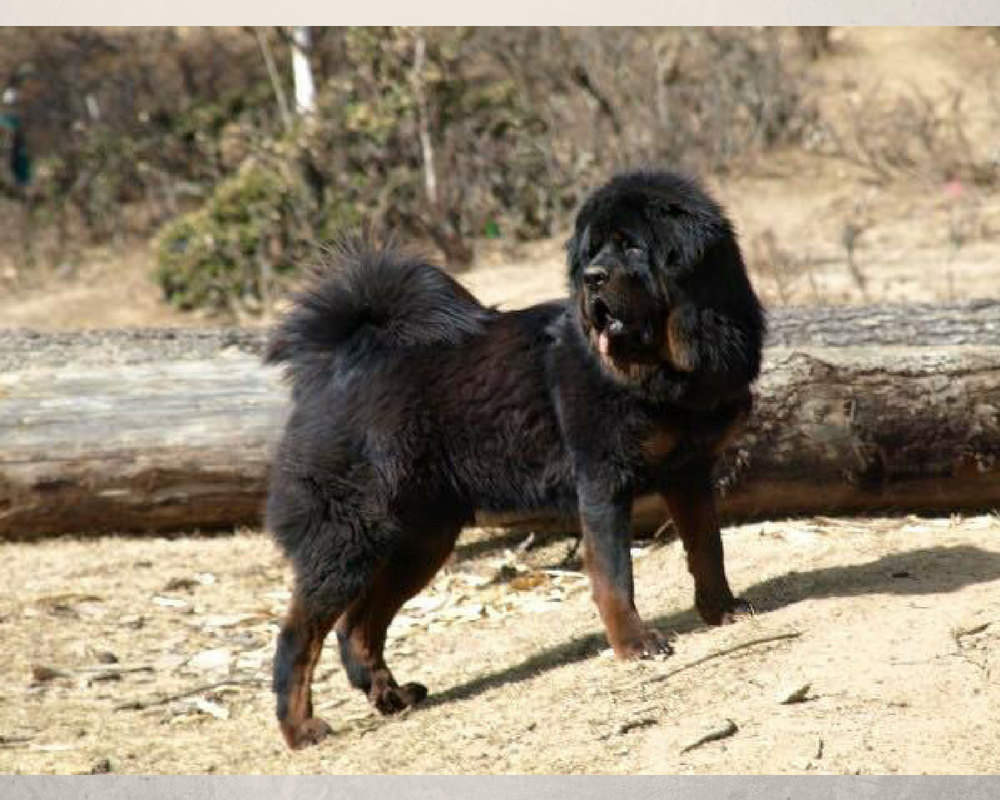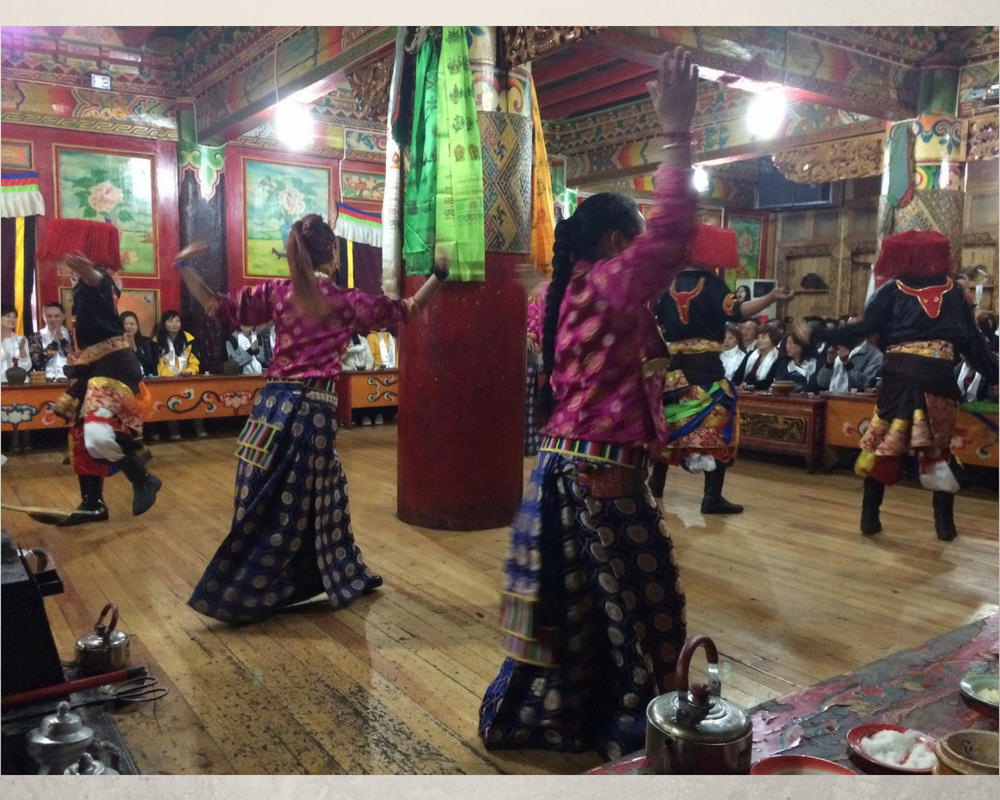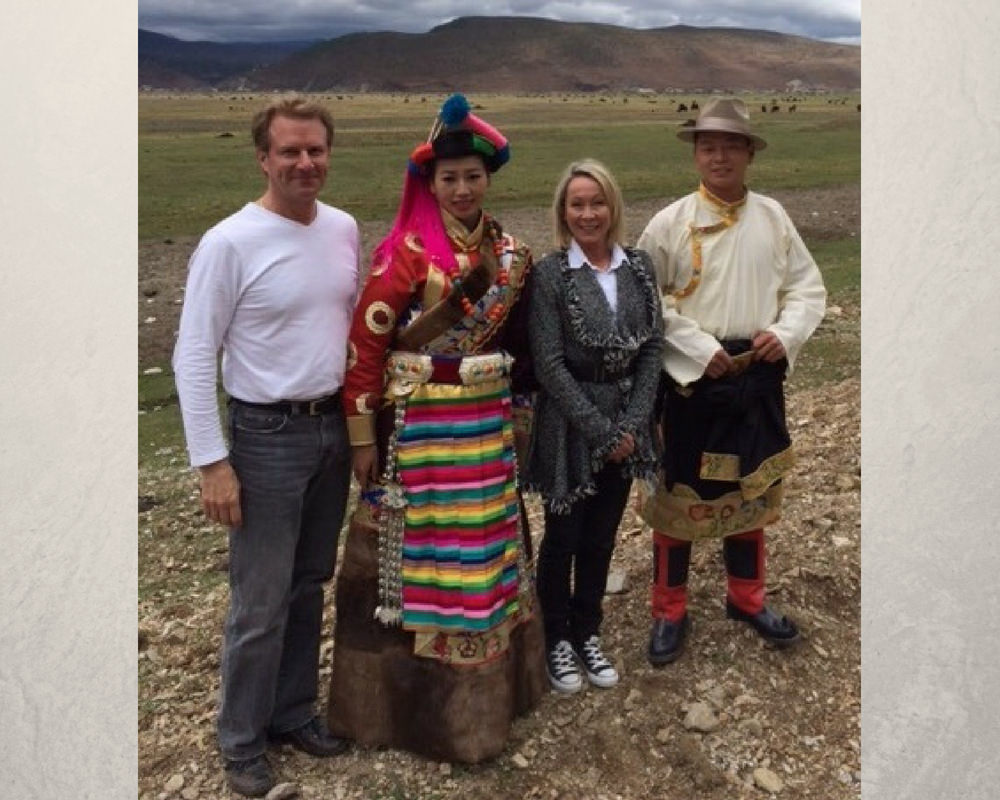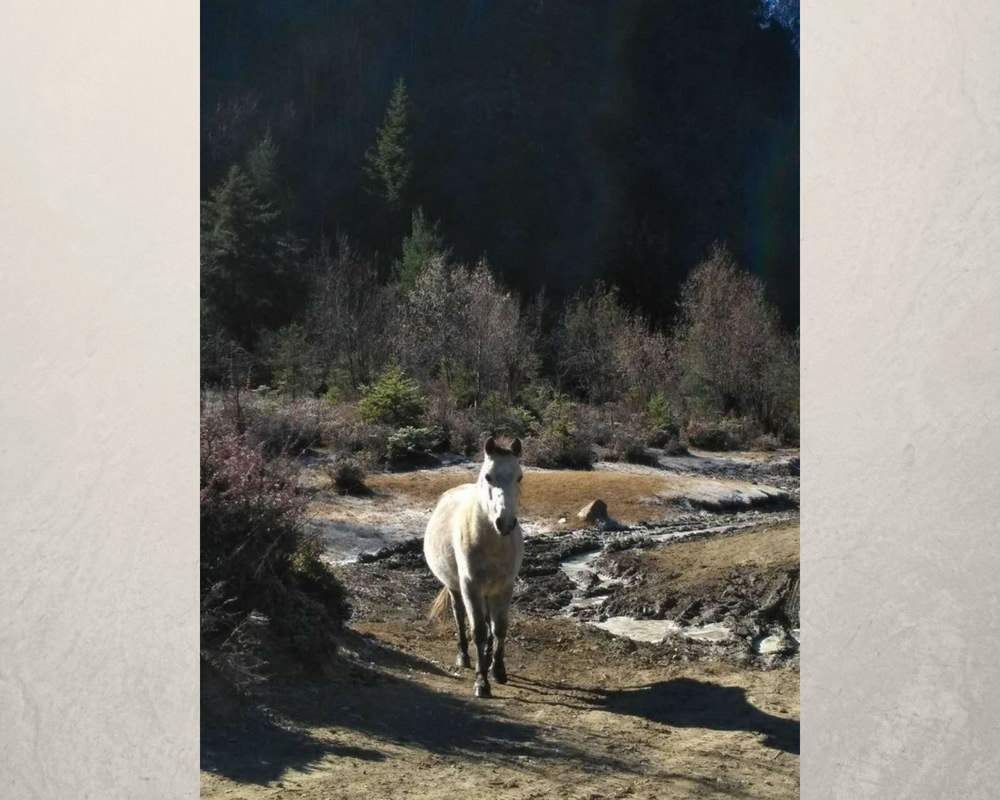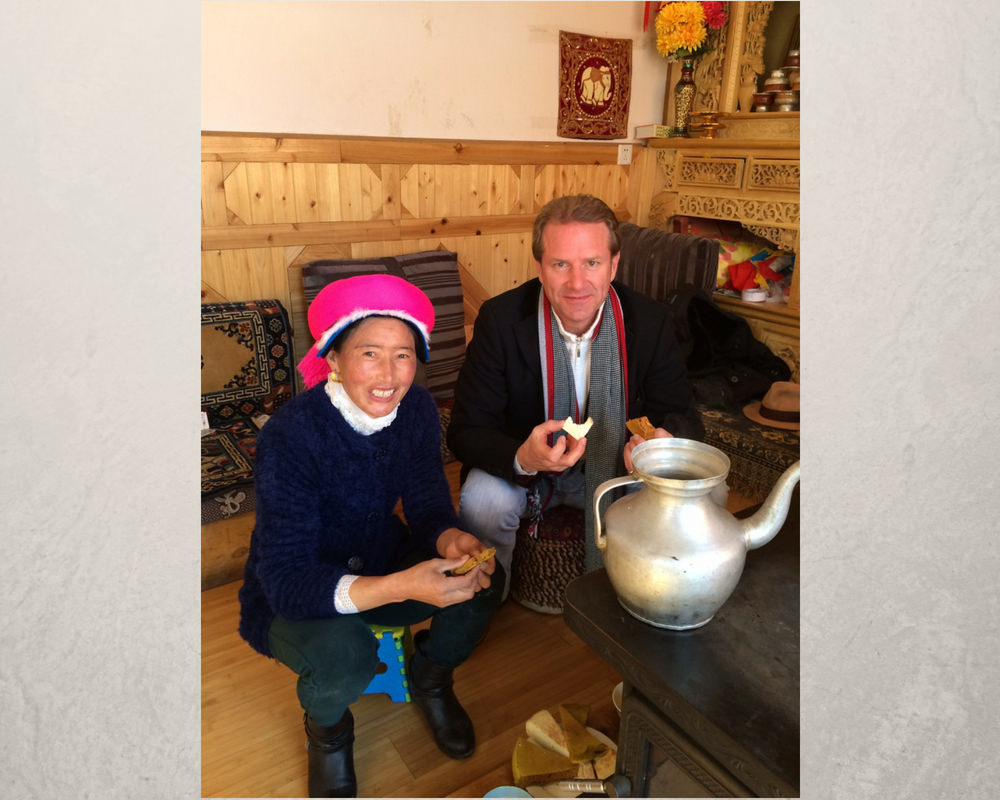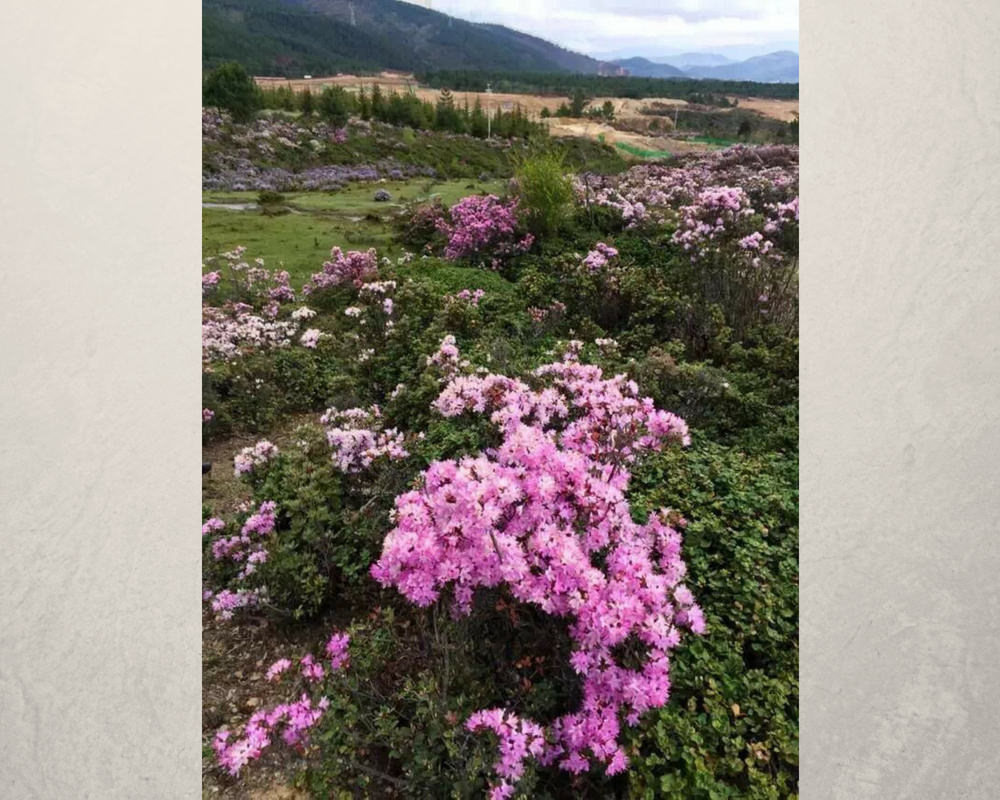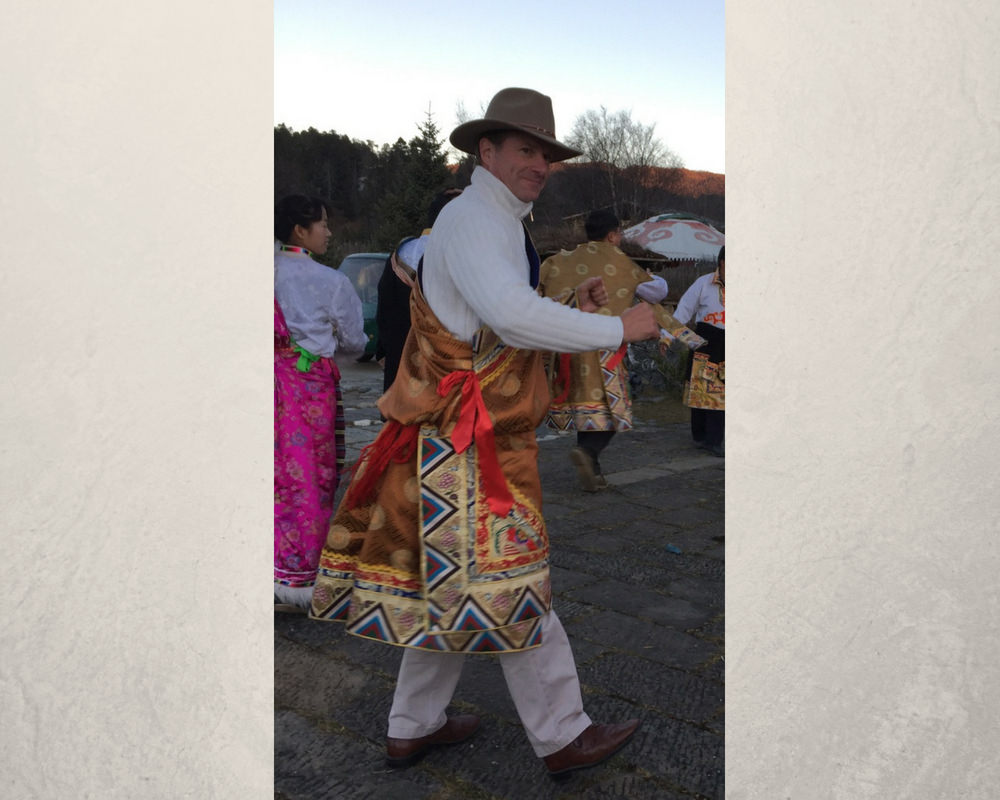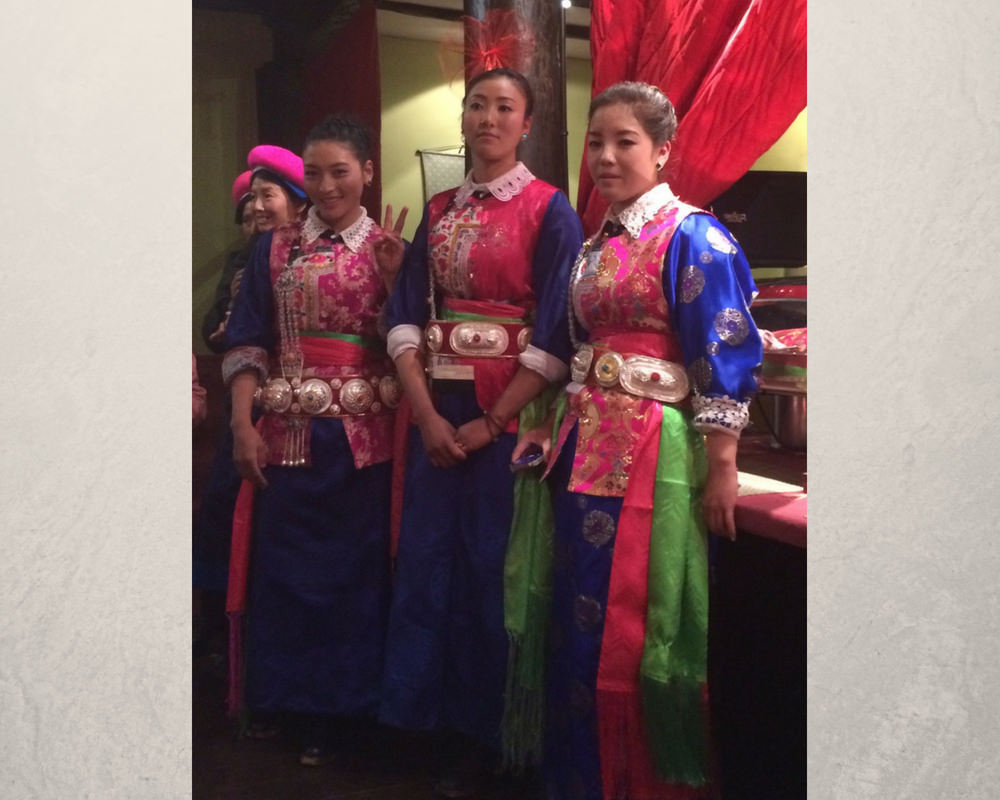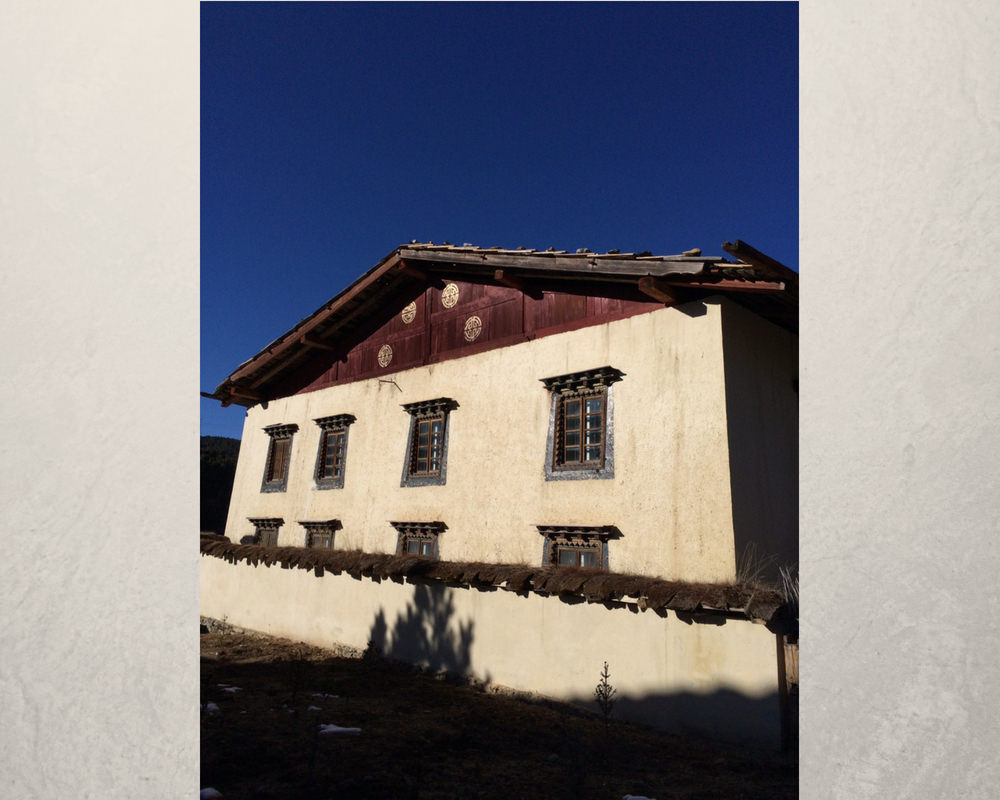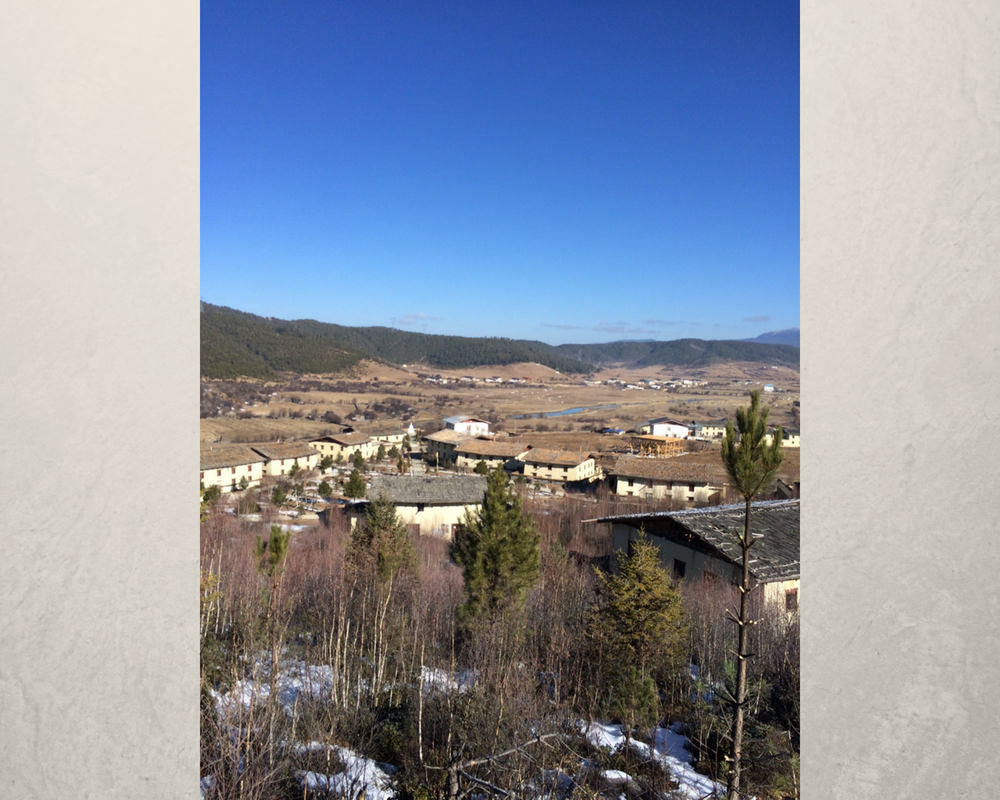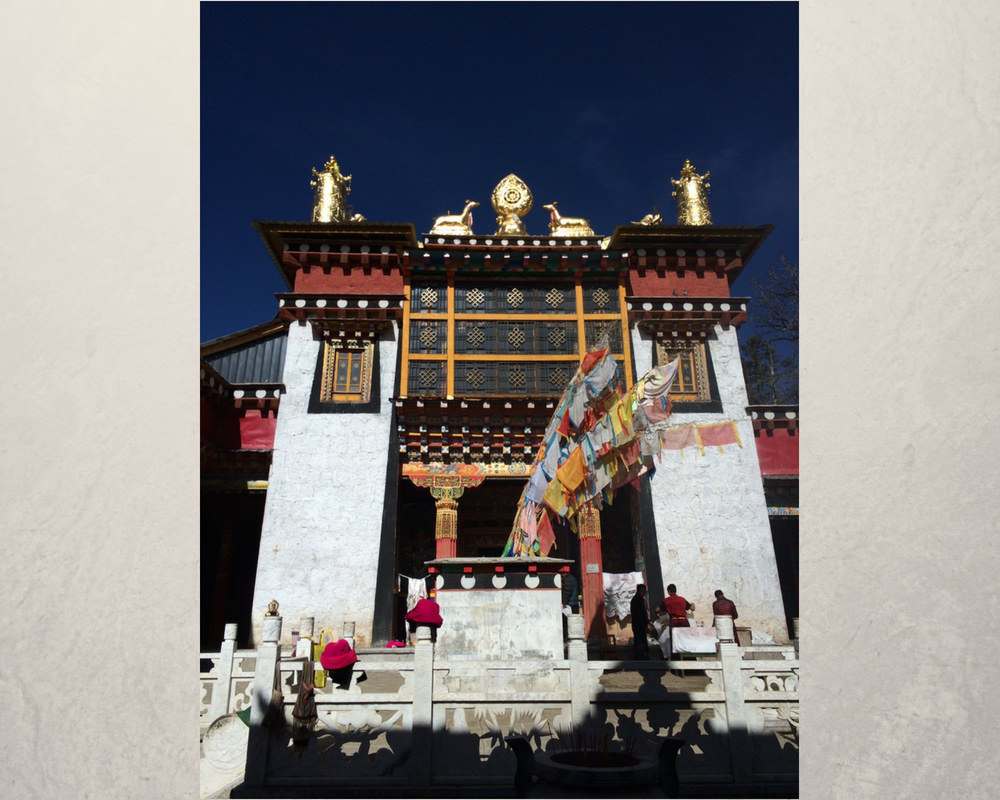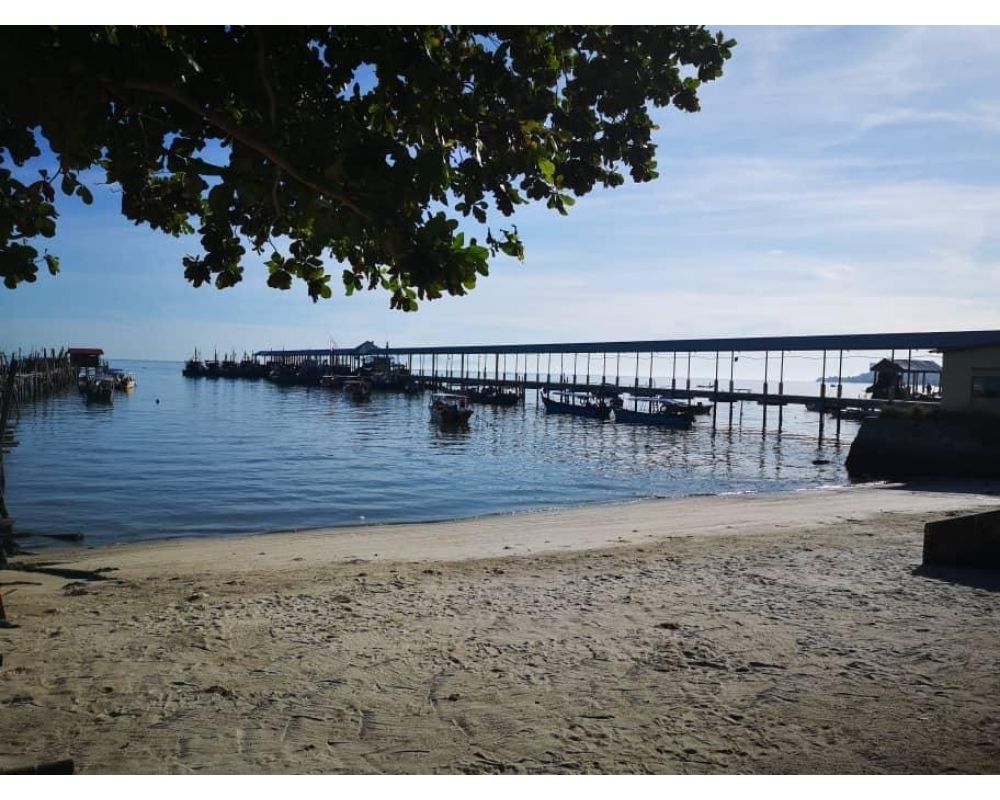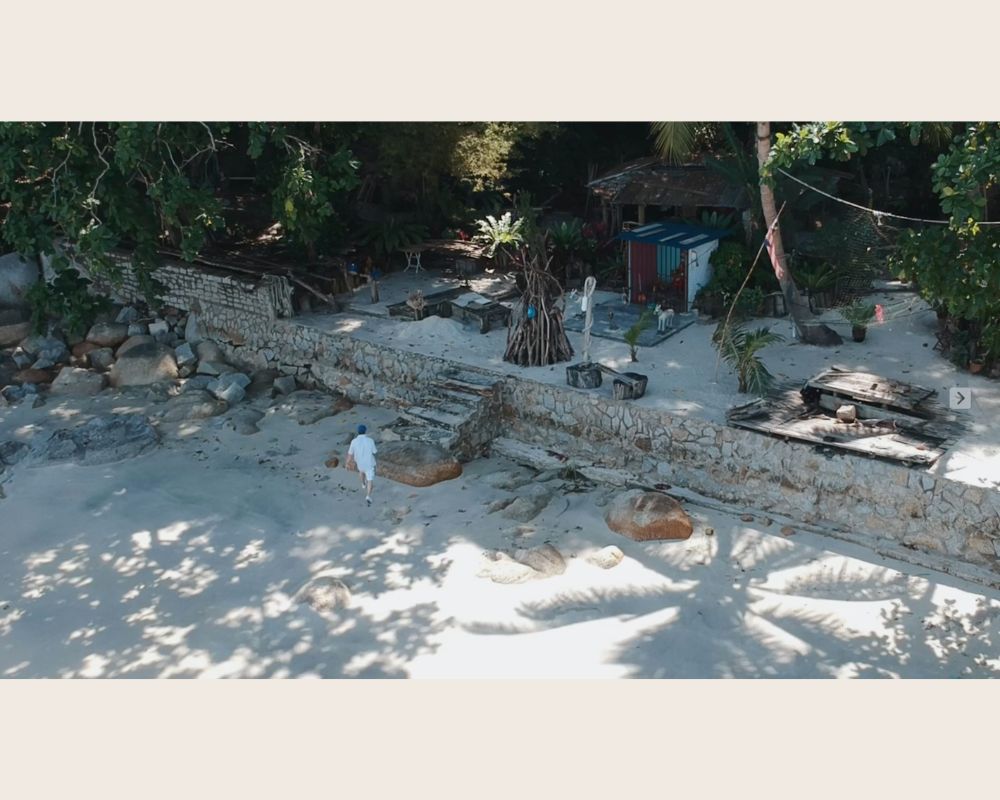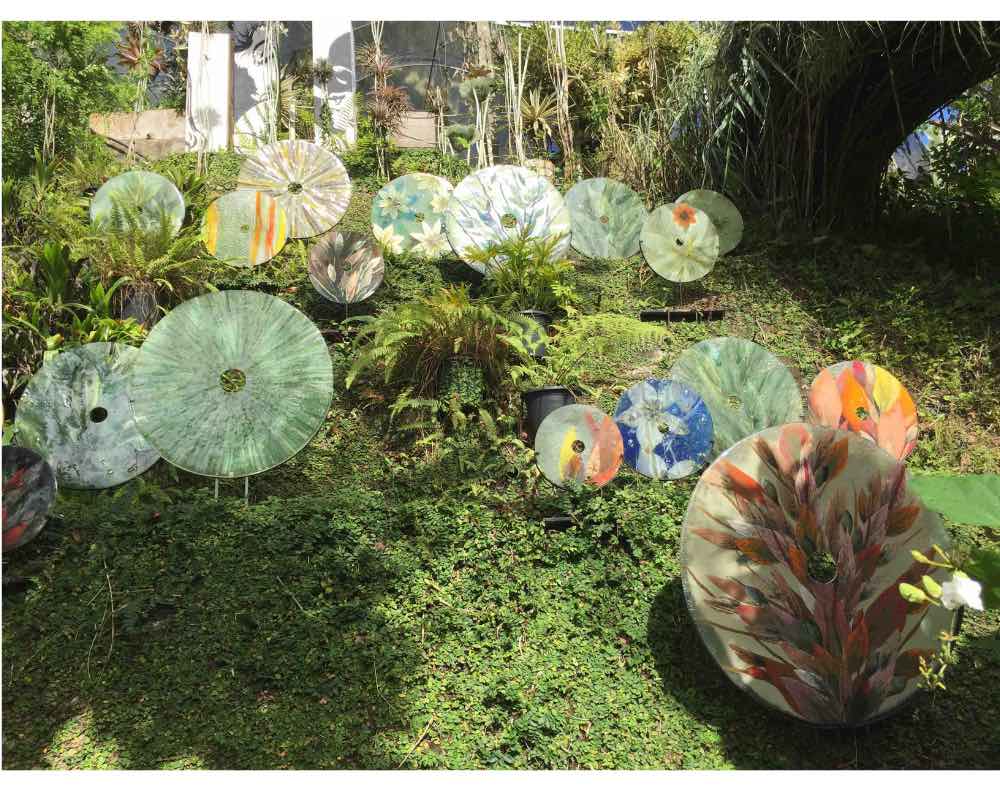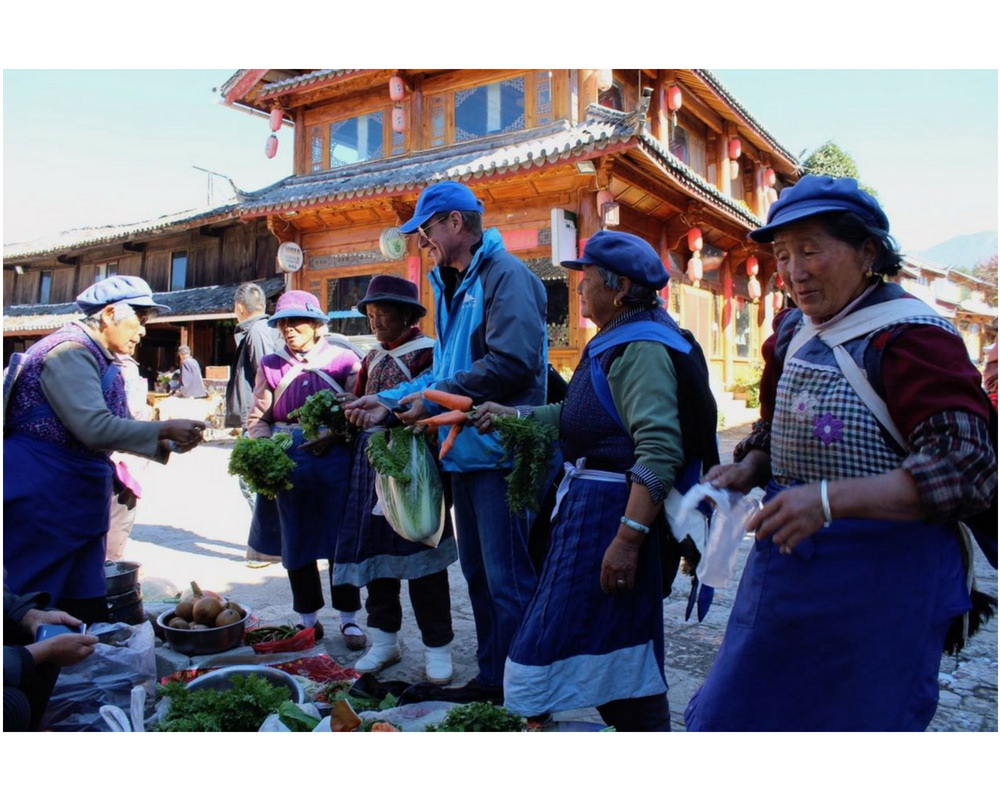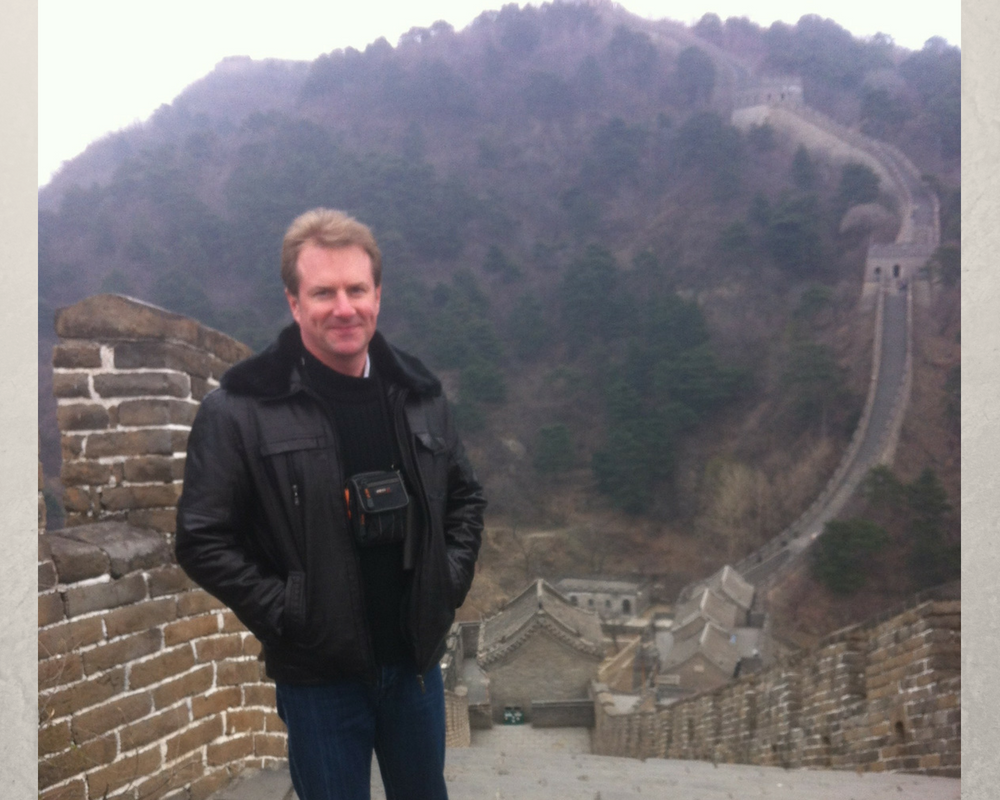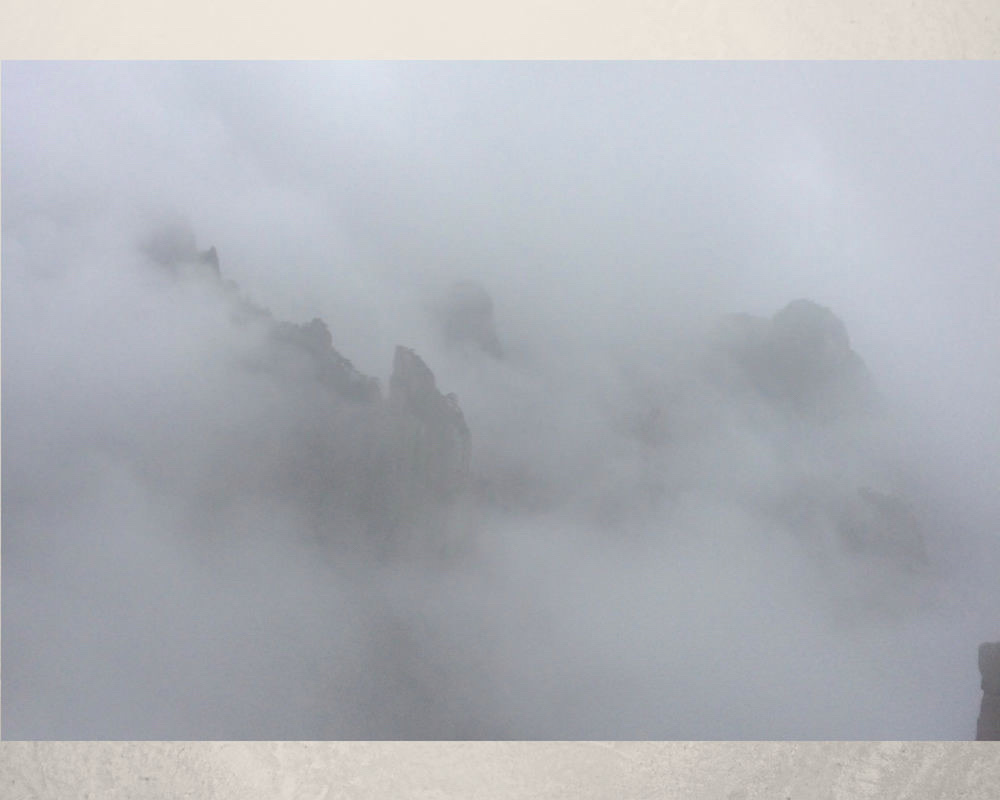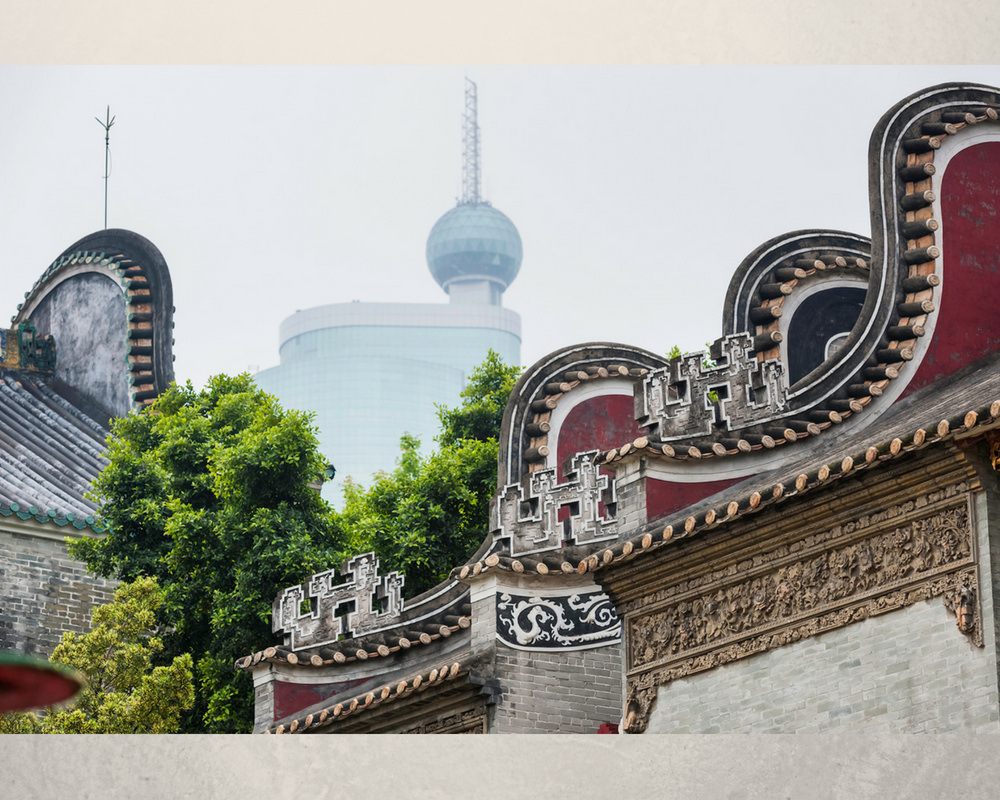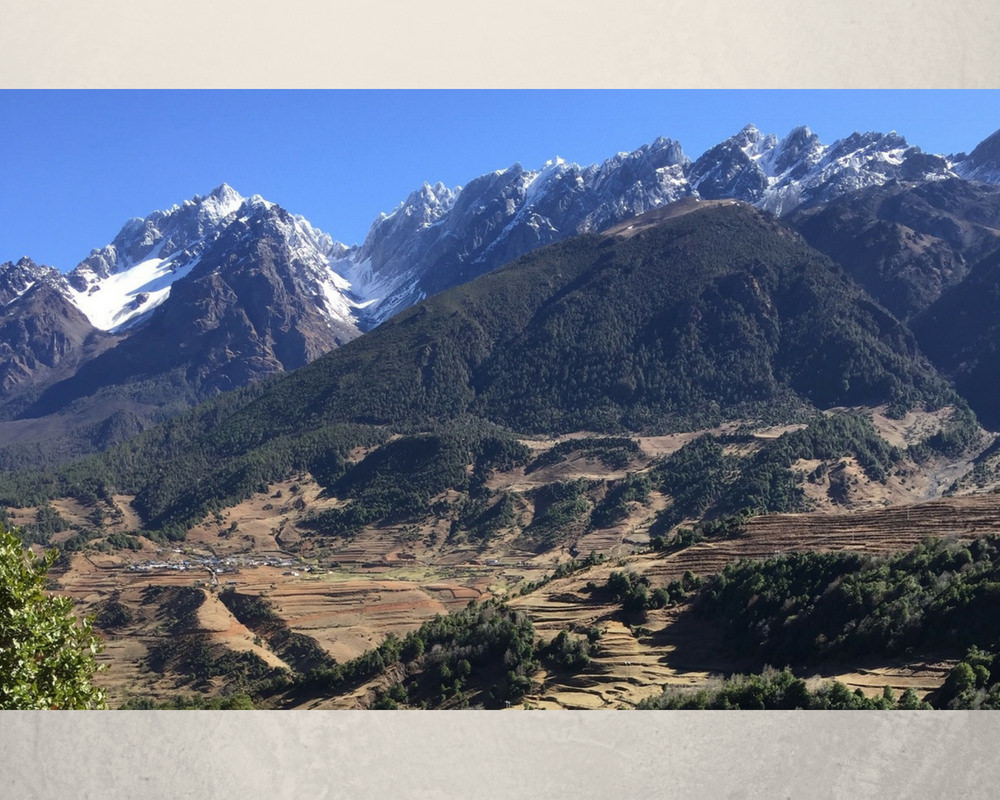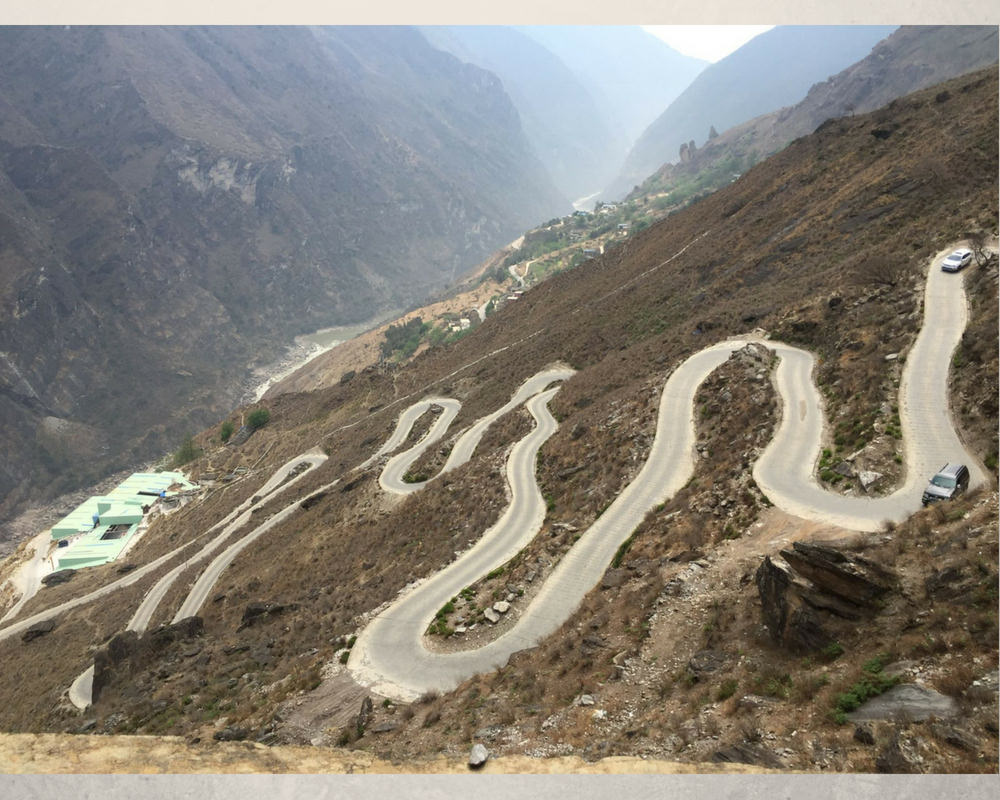Project Description
Ringha Valley and the Tibetans
Tibet is more of a region than a province as it is spread over Xinjiang, Qinghai, Sichuan, Yunnan and Tibet. Once you get used to that idea, you will realise it is a huge area. You will also be amazed by the connection of the Tibetans to their culture. Whilst there are more than five sub cultures including the nomads of the west to the classic villages of the south and east, even the younger generation of Tibetans seems to defy the typical trend of many minority cultures of abandoning their language and customs for the modern world.
I met many ethnic Tibetans, almost all in the Deqing Tibetan Autonomous Prefecture near Lijiang. Quite a few of them spoke very good English, having spent some time in North India. I found them to be delightful people, but more so the women than the men.
The Han Chinese security presence in Deqing is not as overt as in places like Lhasa. It would be very difficult for me to get into “Tibet” as it is known on western maps, but I could move freely around the greater Tibetan areas.
Three and a half years of working in the Deqing Tibetan autonomous prefecture at the Banyan Tree Ringha has left me with some mixed memories. Some great, some awful, but all of them remarkable.
